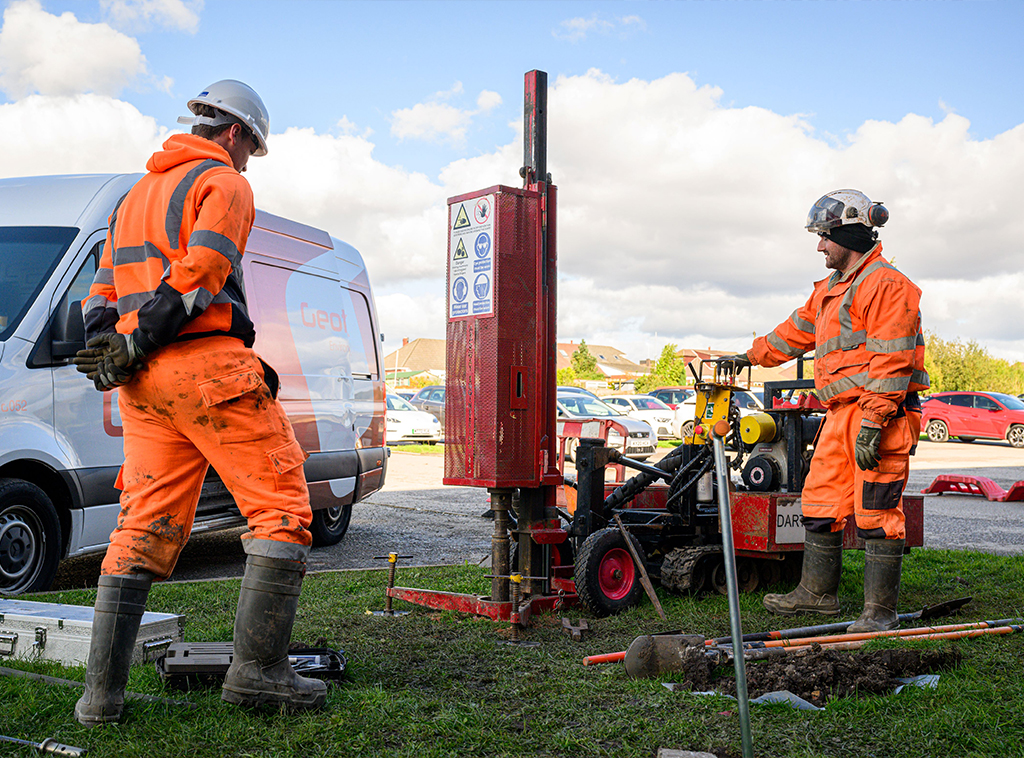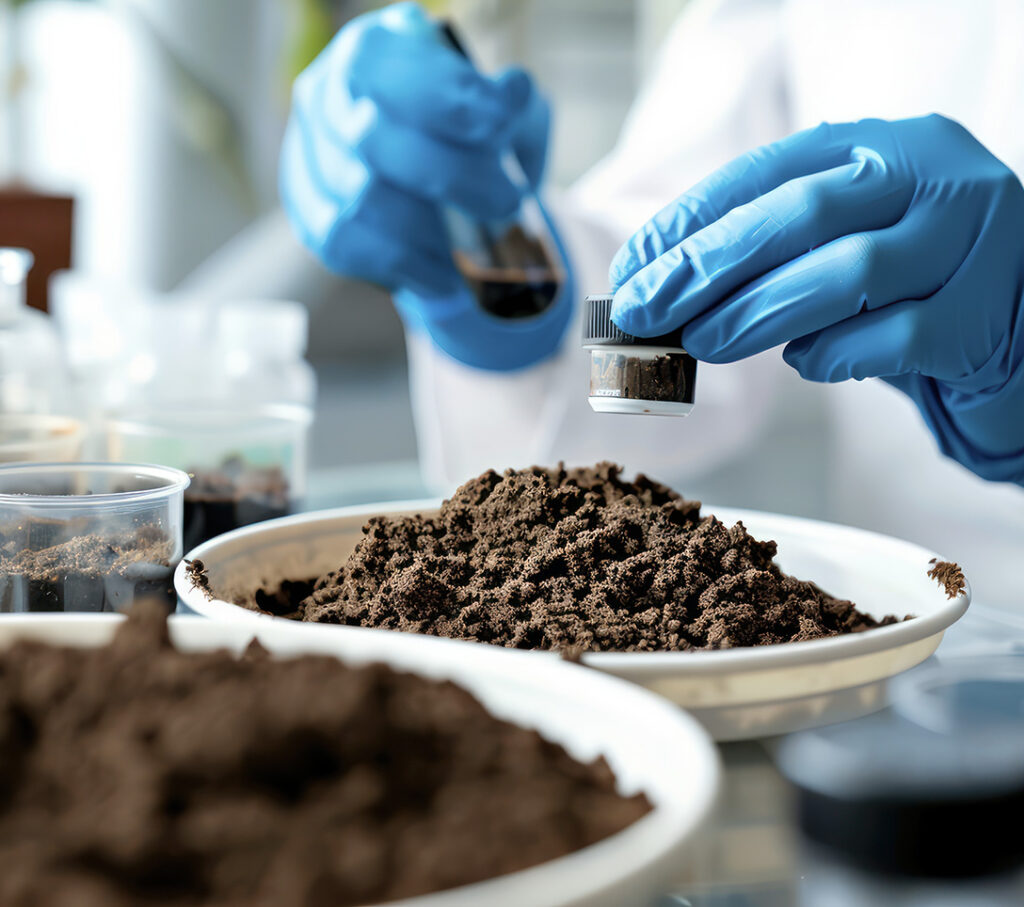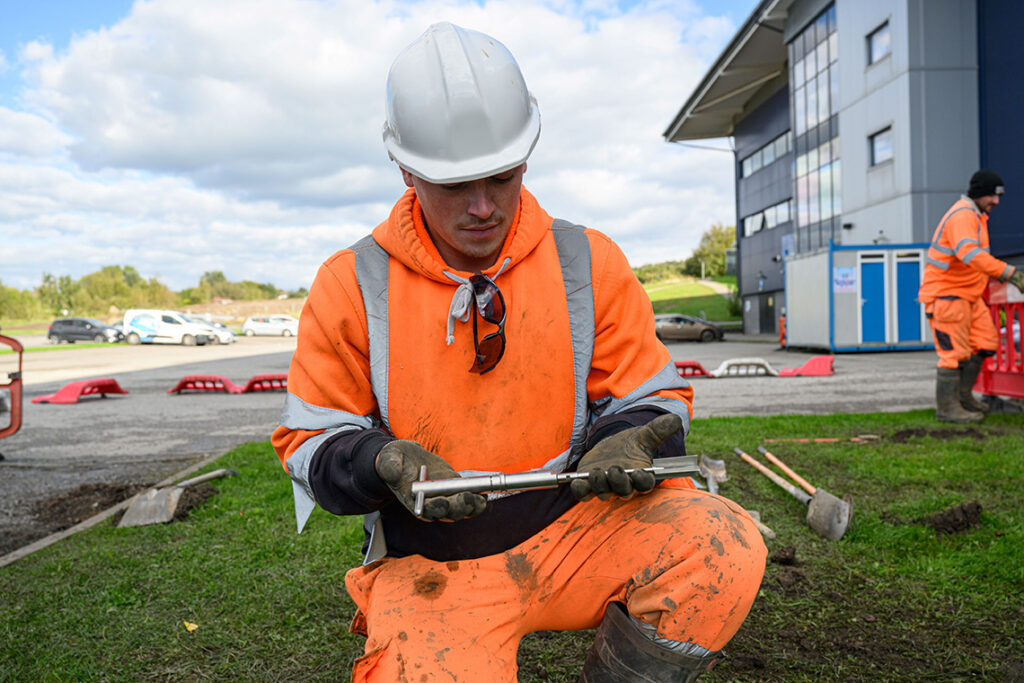December 12, 2025
Gemma makes it a double with second Kudos of Year Award
Property claims handler Gemma has completed an amazing double by winning the Catalyst Services...

The latest techniques for investigating and monitoring subsidence are explained in the second part of the Catalyst Subsidence Service Guide now available online.
The guide gives detailed answers to 20 key questions about the techniques used to examine signs of subsidence and the vital importance of monitoring them as part of the investigation process.
Catalyst Subsidence Guide Part 2 – Investigation and Monitoring, can now be viewed on the Catalyst website. A PDF of the guide can also be downloaded, free-of-charge.
Paul Duddle, Operations Director at Catalyst and Vice-Chairman of the Subsidence Forum, said: “At Catalyst, we believe strongly in sharing our expertise and helping others better understand the technical issues relating to the services we provide.
“This helps our customers and other professionals in the insurance claims industry make informed decisions about challenging problems, and structure problems often don’t come much more challenging than subsidence.
“Because the forces causing subsidence are complex and out if sight underground, and because their impact on buildings can change over time, it is vital that that responses are based on expert knowledge and experience.”
Subsidence is the vertical downward movement of a building foundation caused by loss of support of the ground beneath the foundations. It can occur suddenly or gradually.
Part one of the Catalyst Subsidence Service Guide, also available in the resources section on the company’s website, explains general technical terms and the process of subsidence, plus the common signs of subsidence.
Part two of the guide explains the techniques used to establish that a building has been affected by subsidence and then to monitor its effect on the structure over time.

Investigation and monitoring are crucial to establishing most technically appropriate and cost-efficient methods for countering subsidence.
Topics covered in the guide include trial pit and bore hole investigations, laboratory root testing, crack and building level monitoring, shear vane in situ testing, Mackintosh probe situ testing and tree subsidence reports.
As well as defining the equipment and techniques used in subsidence investigations and monitoring, the guide explains how they are used.

Part 3 of the Catalyst Subsidence Service will look in detail at technologies and techniques to carry out subsidence repairs, to prevent subsidence damage and insurance claims issues related to subsidence.
Catalyst delivers subsidence investigation and monitoring services on behalf of insurance companies and loss adjustors to investigate and resolve claims made by domestic and commercial customers.
The company also delivers investigation and remediation services relating to drainage and off-mains drainage systems, water supply pipes, leak detection and home emergency response.
The Subsidence Forum is a national body that brings together professionals responsible for researching, investigating and resolving subsidence issues.
They include insurance and loss adjusting professionals, claims service specialists, arboriculturists, land and property surveyors, civil and structural engineers, and specialist building contractors.
Talk to Catalyst about our subsidence investigation and monitoring services.
Call us: 0333 004 8008. Email: [email protected].